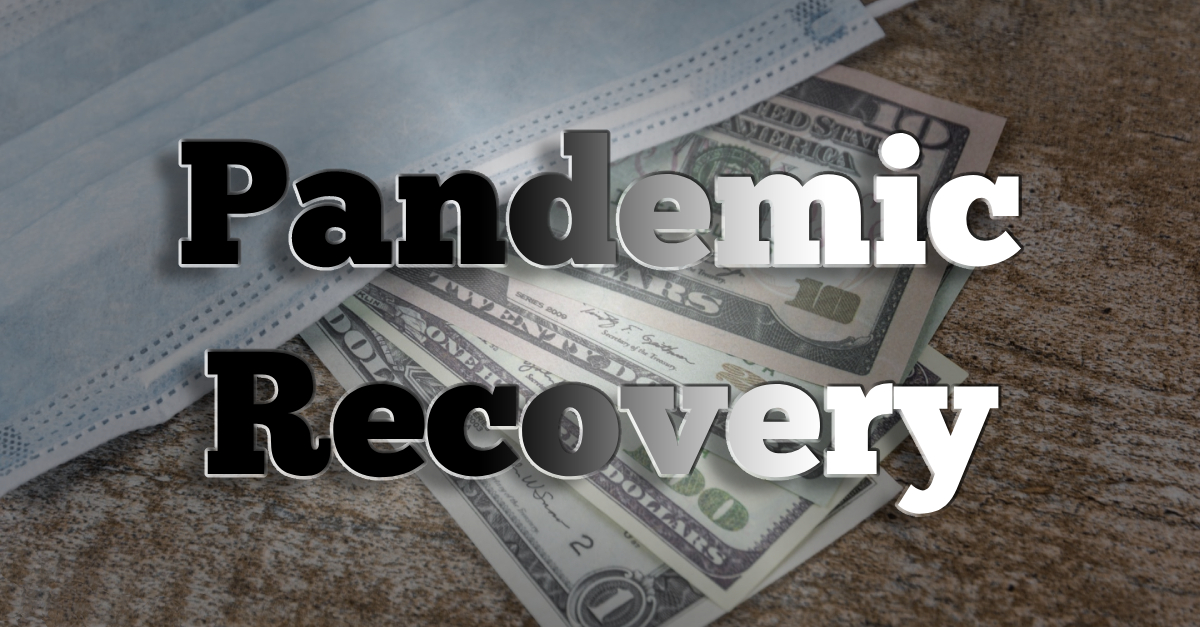It’s no surprise that the utility sector was not spared the havoc wreaked by COVID-19 on nearly every industry in 2020. In the case of energy utilities, there was a negative trifecta of sorts, causing them to generate revenue far below forecasts. Will 2021 see an effort by those utilities to recover some of their losses? An understanding of the root causes might lead to an answer that predicts what will happen with energy rates over the next year.
Moratoria on disconnects due to non-payment
As the pandemic spread across the U.S., all 50 states rolled out some sort of moratoria on disconnects. While every state offered consumers relief from disconnection for non-payment the utilities will eventually expect payment from customers for the electricity used. As of February 8, 2021, NARUC’s state-by-state moratoria tracker notes that only 12 states still have mandatory, COVID-related moratoria in place. 22 states’ moratoria will have expired (although some have non-COVID-related winter moratoria in place). Some utilities will recoup those payments over the 12-months following the moratoria, so rate increases are not expected to be need to off-set the loses.
Decreased C&I demand due to the work-from-home trend
As office parks, manufacturing facilities, and campuses closed across the country, energy usage in the commercial and industrial section dropped. According to the Congressional Research Service, many states saw electricity demand drop between 9% and 13% in March and April of 2020 relative to previous year. Some reports put electricity demand at its lowest level since 2003.
Postponement of rate cases both due to Commission closures, orders designed to aid socially, or both.
The rate case process is complex and lengthy, and in many states is not easily adapted to a virtual environment. When Public Utility Commissions began to close, the rate-making process ground to a halt. There are also situations in which rate case proceedings that had already begun were postponed preventing negative effects like rate increases during the COVID-19 crisis. And some utilities that were planning to file rate cases soon have delayed those filings.
The combination of deferred consumer payments due to disconnect moratoria, decreased demand and the postponement of rate cases undoubtedly leads to revenue loss in the short term for utilities. But will those shortfalls be recovered by higher energy rates in the future?
Edison Energy reports that the first step towards cost recovery for some of these utilities is the creation of a regulatory asset that will enable the utility to track costs incurred due to the pandemic and facilitate the recovery of those losses in the future. “This deferred asset allows utilities and regulators to keep rates low during the pandemic, but electric rates will eventually need to increase in the medium-to long-term to recover these costs (with interest),” reports Shannon Weigel, Director of Policy, Edison Energy. The treatment of these regulatory assets will generally be addressed in future rate proceedings before the state commissions.
The status of rate cases and other important rate changes is tracked by the utility rate experts at RateAcuity and listed on our website. Upon approval of rate changes, whether designed to recover COVID-19 loses or otherwise, RateAcuity’s electric rate database is updated so that our clients always have access to the most current accurate data on utility schedules across the U.S. and Canada.
